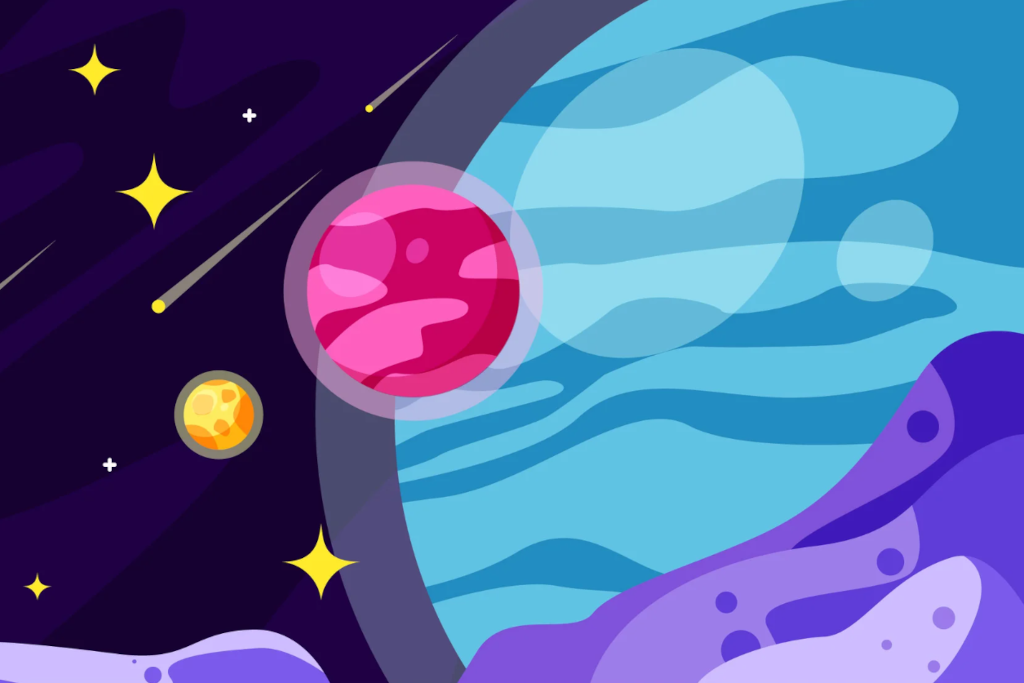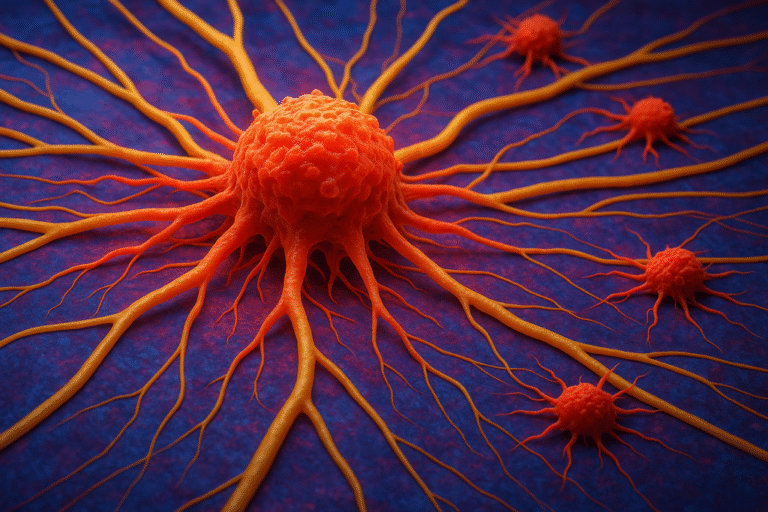Imagine baking a cake… and ending up with a solar system.
Sounds impossible, right? But that’s kind of what the universe did after the Big Bang. At first glance, the early universe was simple — hot, dense, and almost perfectly uniform. Just energy, light, and the most basic particles. No stars. No atoms. Certainly not us.
Fast forward 13.8 billion years, and here we are — scrolling through articles on the internet, sipping coffee on rotating planets, orbiting fiery stars, inside spiral galaxies. What happened between then and now? How did a chaotic particle soup give rise to life, language, and libraries?
The early universe: a hot mess with hidden potential
Shortly after the Big Bang, the universe didn’t look like much. In fact, it looked like nothing you’d recognize — just a glowing plasma of particles and radiation. Temperatures were so high that atoms couldn’t even form.
But here’s where it gets interesting: Nature planted tiny imperfections into this early soup — microscopic quantum fluctuations in density left over from a flash of expansion known as inflation. These weren’t visible to the human eye (had humans existed back then), but they were the seeds of everything to come.
Without them, the universe might still be a quiet fog of lonely particles. Fortunately, gravity had other ideas.
Gravity: the ultimate cosmic sculptor
Picture a tiny ripple in a pond, just a bit more water in one area than another. Gravity notices that — and pulls. Slowly, patiently, those denser areas attract more matter. Over hundreds of millions of years, this process snowballed. Particles clumped into atoms. Atoms gathered into clouds. Clouds collapsed into stars.
These first stars lit up the dark universe and began fusing light elements into heavier ones. In massive star deaths known as supernovae, elements like carbon, oxygen, and iron were flung into space. These building blocks would eventually form planets, oceans, DNA… and us.
From atoms to algorithms: complexity takes over
Over time, complexity didn’t just increase — it organized. Life evolved from simple molecules. Brains emerged. Languages were invented. Societies formed. Eventually, we started running experiments that helped us unlock the same patterns the universe used to build itself.
A few fascinating examples:
- The Cosmic Microwave Background (1965): The leftover light from the Big Bang confirmed the early state of the universe was indeed uniform, but with just enough “wrinkles” to build structure.
- The Large Hadron Collider (2008): Helped us understand how fundamental particles interact, further proving how order can arise from chaos under physical laws.
- The Miller-Urey experiment (1952): Simulated early Earth conditions and produced amino acids, crucial links in the path from chemistry to life.
So why is the universe more orderly now?
Because from the start, it was never truly random — it was responsive. It obeyed laws. And those same laws (gravity, thermodynamics, electromagnetism) created a self-organizing system that moved from simplicity to richness, from hydrogen atoms to human minds.
This might challenge our assumptions. We often think things fall apart over time. But the universe proves that given the right rules — and enough time — things can build themselves up, too.
The bottom line
- Right after the Big Bang, the universe was simple but held exactly the right imperfections to grow complexity.
- Over billions of years, gravity and other forces turned clumps into stars, stars into elements, and elements into life.
- Today, the universe is a layered masterpiece — not despite time, but because of it.
What does this reveal about us? That we, too, are the product of ancient ripples, shaped by natural laws that quietly assemble greater meaning from imperfection. You are quite literally a bundle of stardust — organized, self-aware, and curiously asking, “How did this happen?”
Now you know.




Leave a Comment